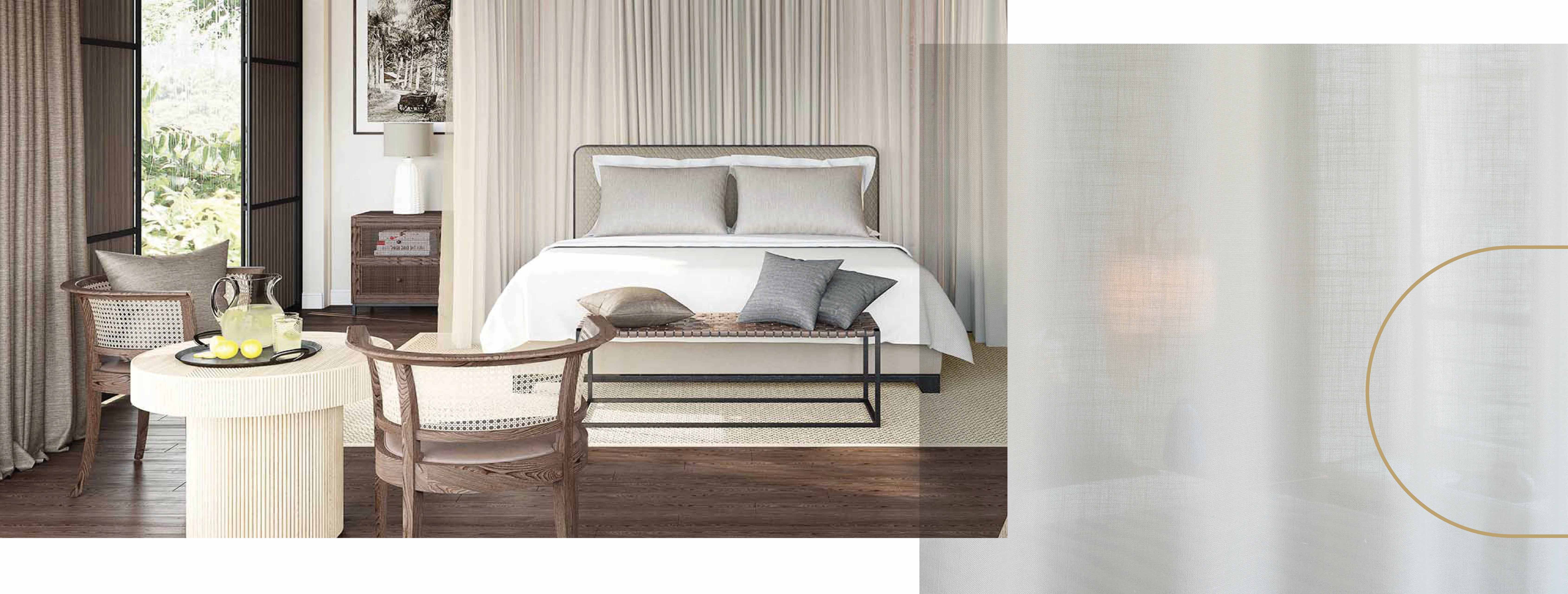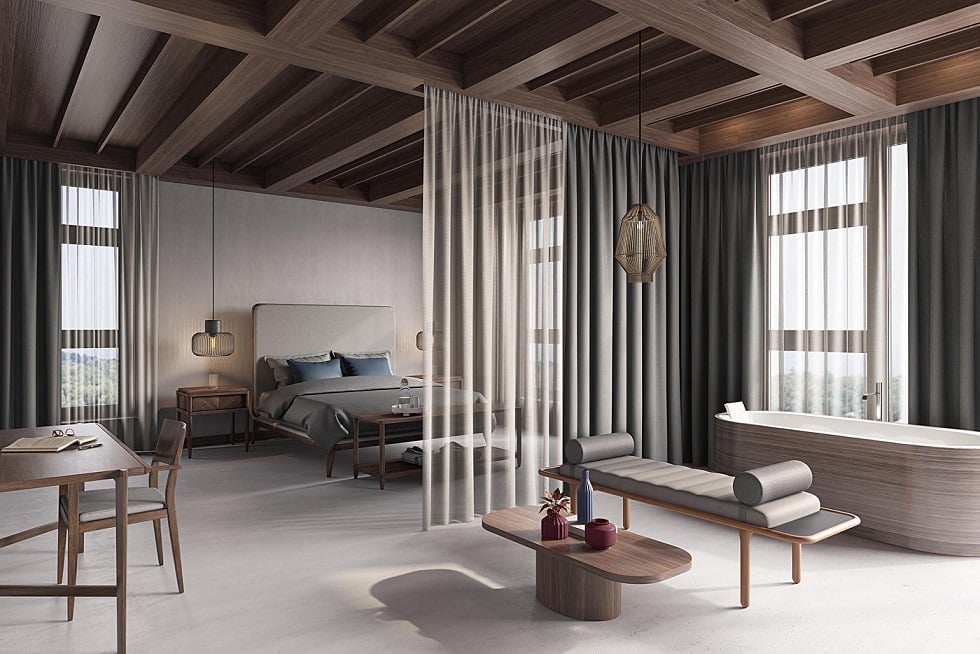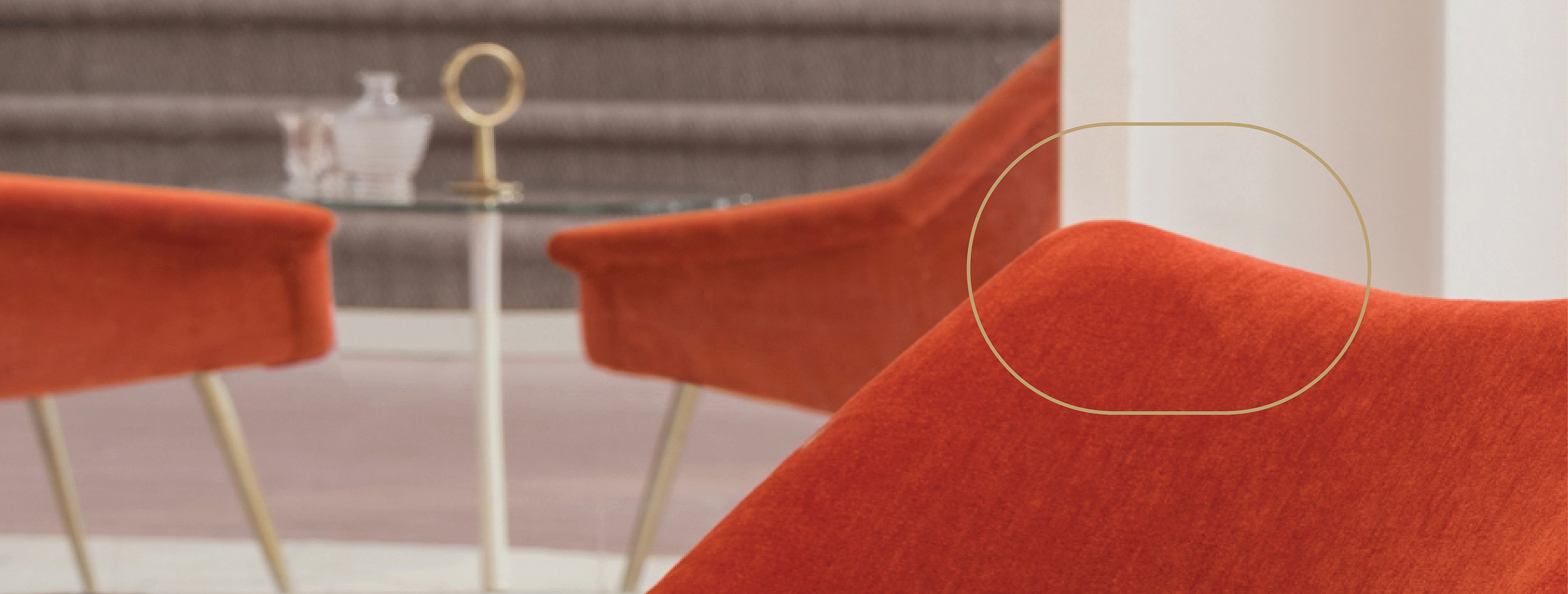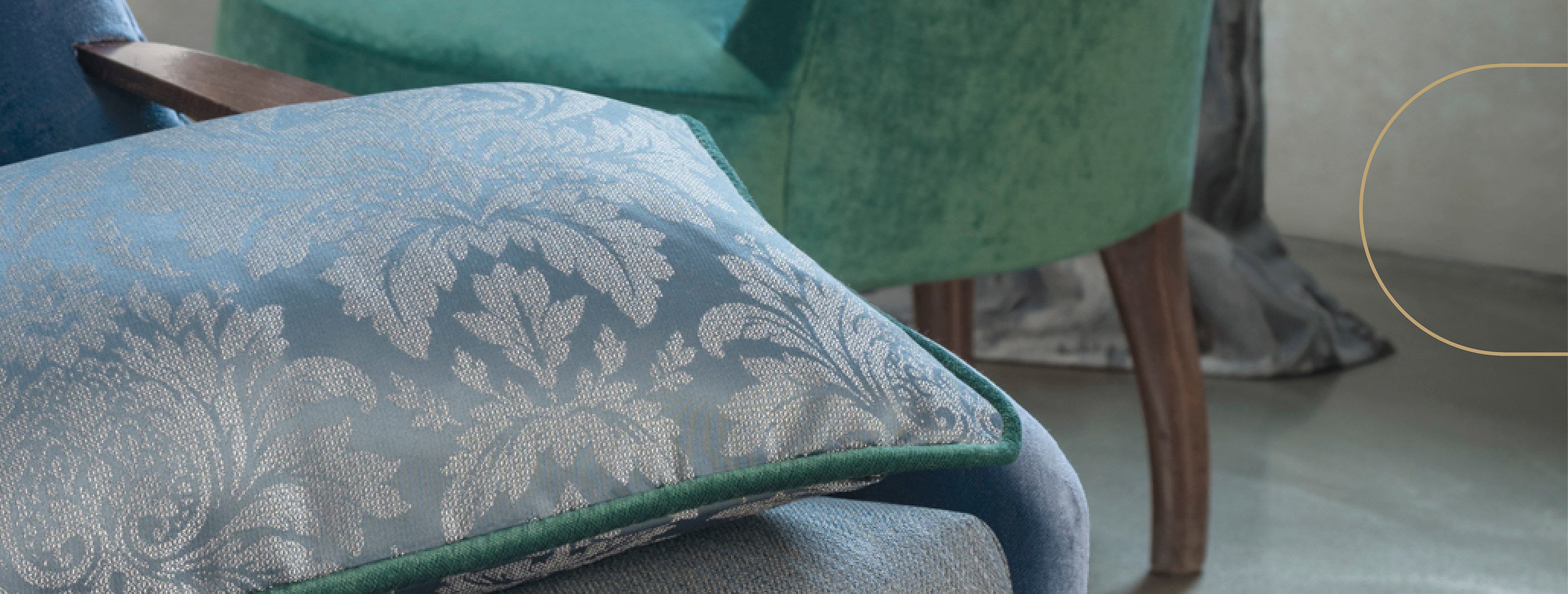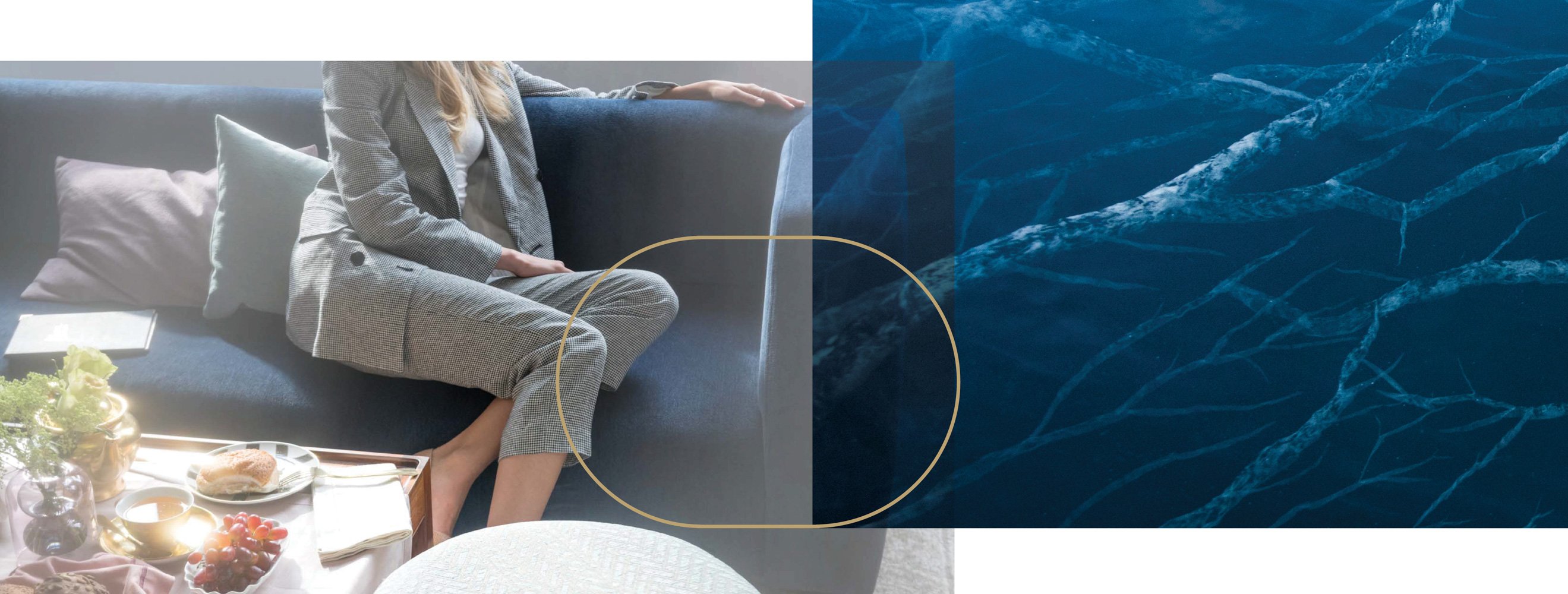BS 5867: Part 2: 2008: Fabrics for curtains, drapes, and window blinds
Fabrics are categorised as fire retardant when they meet fire retardant safety standards. These standards can vary from country to country, so it is very important that the fabric you’re specifying meets the relevant standards at the site of the project build. BS 5867 is a British specification which was updated and republished in 2008.
Contract project fabrics must tick many boxes before they’re specified in different projects. Ours, for example, go through rigorous range of durability tests in independent textiles laboratories.
Then our collections are run through a series of fire retardancy tests that study, for example, the speed at which the fabrics catch fire, using methods such as a gas burner or gas flame, smouldering cigarette, a small stack of dry wood.
British BS5867 Part 2 B and C sets requirements for different ignition levels of fabrics and fabric combinations for use as curtains, drapes and window blinds – including combinations of curtains and linings: even the parts you don’t see.
Related read: The Ins and Outs of Fire Retardant Fabrics
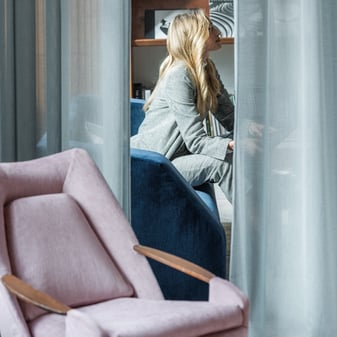
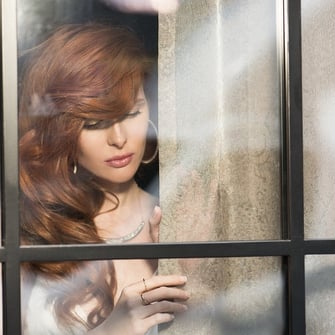
UK commercial standards for decorative contract fabrics
FR standards help designers and architects in the supply chain to specify required fire safety levels in different environments.
In the UK, the fire safety of non-domestic buildings is controlled by the Regulatory Reform Order of 2005, which puts the duty of responsibility on the operator of the building (such as a workplace, hotel, restaurant, or hospital). Part of this responsibility includes the correct selection of curtains, drapery and blinds.
There is no mandatory requirement in the UK for curtains and drapery in domestic settings to be fire retardant. For the non-domestic market, it’s very different.
BS 5867: Part 2 is focused on non-domestic environments, such as hotels, bars, restaurants, hospital and healthcare facilities, cruise ships, conference centres and more.
There are three levels of difficulty with this fire safety standard, which is where ‘Type B’ and ‘Type C’ come in. The requirements of Type A are of the loosest severity, with Type B getting harder, and Type C then is the most demanding.
Explore the worldwide directory of FR standards on our website.
The drapery fabric must be tested before and after a full laundry cycle
The fire-retardant properties of our collections are inherent, meaning that they don’t diminish with time. This is because they’re inherent in the fabric at a yarn level.
The reason that this particular specification includes the need for the fabrics to go through ‘a cleansing procedure’ (meaning washing and drying) before they’re tested for their fire retardant properties is to make sure that these properties don’t fade away or become weaker over time and prolonged use.
Because of the inherent FR properties in our fabrics, this is not an issue.
Type B requires that the fabric goes through 12 cycles of BS EN ISO 10528 (Standard Washing Procedure) at 75°C and is then line dried.
Type C requires that it goes through 50 cycles of BS EN ISO 10528 (Standard Washing Procedure) @ 75°C and, then low heat, and then is tumble dried.
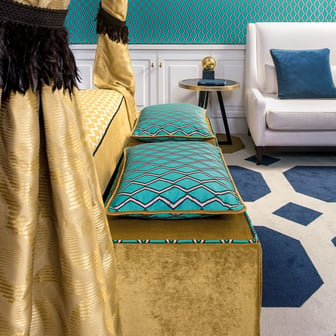
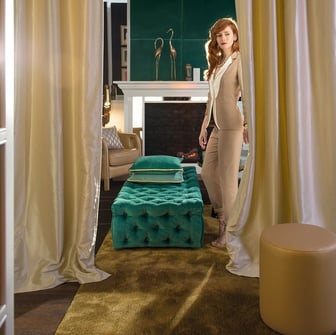
Testing FR upholstery under British standards
Fire retardant upholstery standards are as strict in the UK as drapery standards. Here is a brief overview of the FR testing process required under UK law.
In the UK, to become certified FR, all fire retardant upholstery fabrics require a special backing to be specified in non-domestic settings. This upholstery fabric is then used together with a special FR upholstery foam.
In short, no fire retardant fabric can pass without application of this backing, the fabric cannot pass the test by itself, and it is always tested in conjunction with the FR upholstery foam.
This is why the fire retardant test (the BS5852 test) can’t go ahead on the upholstery fabric if these steps haven’t been carried out.
All FR One upholstery fabrics to be used within the U.K. will require additional FR treatment to meet the following standards:
BS 5852 : 2006 Part 1 Ignition Source 0 &1, Part 2 Ignition Source 5 (Crib5)
BS7176 : 2007 Medium Hazard, incorporating BS EN 1021-1 & 2 2006 (cigarette and match)
When tested with a modified combustion foam CMHR with a density equal or superior to 35kg/m3
Perfect interior fabrics, perfectly fire retardant
In most cases the drapery or upholstery are selected by the proprietor of a premises, or their agent (an interior designer or architect), and fire safety is often not the first consideration when designing an interior décor scheme. At this stage, the focus is firmly on the look and feel of the interior décor.
Because our fabrics meet every fire standard worldwide, including these British ones, specifiers can rest assured that their preferred choice from our fabrics is the best one, no matter what designs or characterises.
FR-One fabrics are some of the only decorative fabrics that meet the most difficult safety standards on the planet: those for sea-faring vessels. Read more about the Marine Equipment Directive, and explore the range of advantages that our certification has for contract outfitting projects worldwide.

